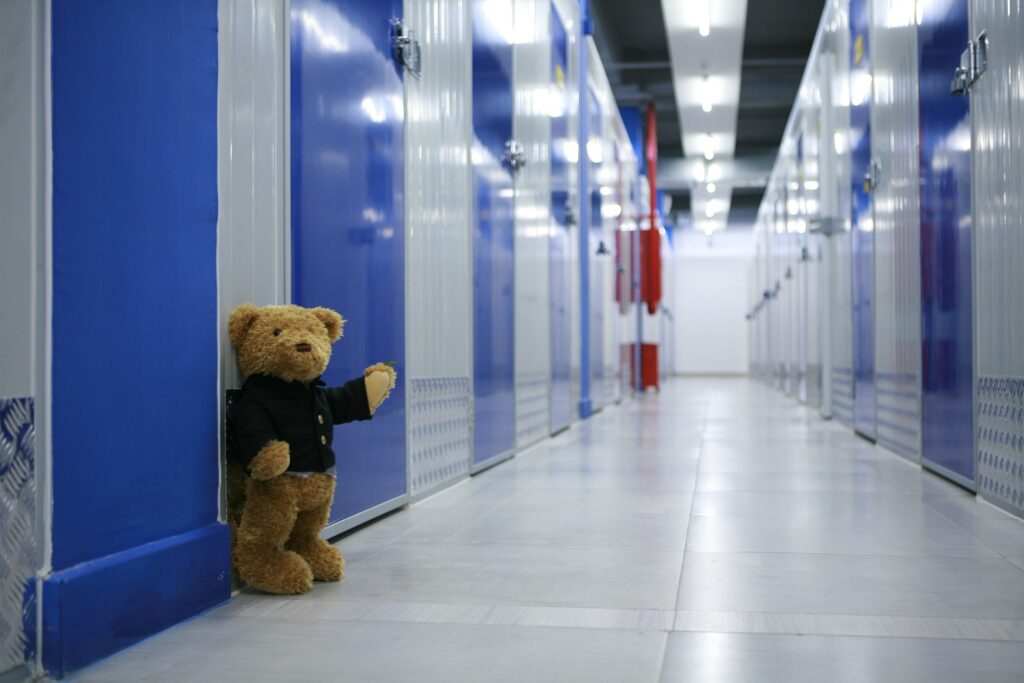In today’s fast-paced and ever-evolving work environment, organisations are constantly facing the need to adapt to new challenges and opportunities.
As a result, the role of HR departments has expanded beyond traditional functions to encompass strategic workforce planning, talent development, and employee well-being initiatives. In this dynamic landscape, outplacement services have also evolved to meet the changing needs of both employees and organisations.
Embracing Digital Transformation
One of the most significant trends shaping the evolution of outplacement services is the widespread adoption of digital technologies. With the rise of remote work and virtual communication platforms, outplacement providers have adapted their offerings to deliver support and resources in a digital format.
• Virtual Coaching and Workshops: In response to the shift towards remote work, outplacement providers now offer virtual coaching sessions, webinars, and workshops, allowing employees to access support from anywhere in the world.
• Online Learning Resources: Digital platforms provide employees with access to a wide range of online learning resources, including video tutorials, e-learning modules, and interactive tools to enhance their job search skills and professional development.
• Networking Opportunities: Virtual networking events and online communities enable departing employees to connect with peers, industry professionals, and potential employers, expanding their professional networks and exploring new career opportunities.
Personalised and Agile Solutions
Another key trend in the evolution of outplacement services is the emphasis on personalised and agile solutions tailored to the unique needs of each individual and organisation.
• Customised Career Coaching: Outplacement providers offer personalised career coaching sessions to help employees identify their unique strengths, skills, and career aspirations, as well as develop tailored job search strategies.
• Agile Service Delivery: Flexible service delivery models allow organisations to choose the level of support that best suits their needs, from comprehensive outplacement programmes for large-scale redundancies to targeted services for individual employees.
• Specialised Support for Diverse Populations: Recognising the diverse needs of employees, outplacement providers offer specialised support for specific demographics, such as senior executives, mid-career professionals, or employees transitioning to new industries or roles.
Integrating Wellness and Resilience
In light of the growing awareness of mental health and well-being in the workplace, outplacement services now place greater emphasis on supporting employees’ emotional resilience and mental well-being during career transitions.
• Holistic Support Services: In addition to career coaching and job search assistance, outplacement providers offer holistic support services, including counselling, stress management techniques, and resilience training to help employees cope with the emotional challenges of job loss and transition.
• Wellness Workshops and Resources: Workshops and resources focused on mindfulness, self-care, and emotional resilience empower employees to maintain a positive mindset and manage stress effectively throughout their career transition journey.
Conclusion: Navigating Change with Confidence
As the workplace continues to evolve, outplacement services play a vital role in supporting employees through career transitions while helping organisations manage change effectively. By embracing digital transformation, delivering personalised and agile solutions, and integrating wellness and resilience into their offerings, outplacement providers empower employees to navigate change with confidence and resilience.
For HR professionals seeking to support their employees during times of transition, partnering with a forward-thinking outplacement provider can make all the difference in ensuring a smooth and successful transition for both employees and the organisation as a whole.





Leave a Reply
You must be logged in to post a comment.